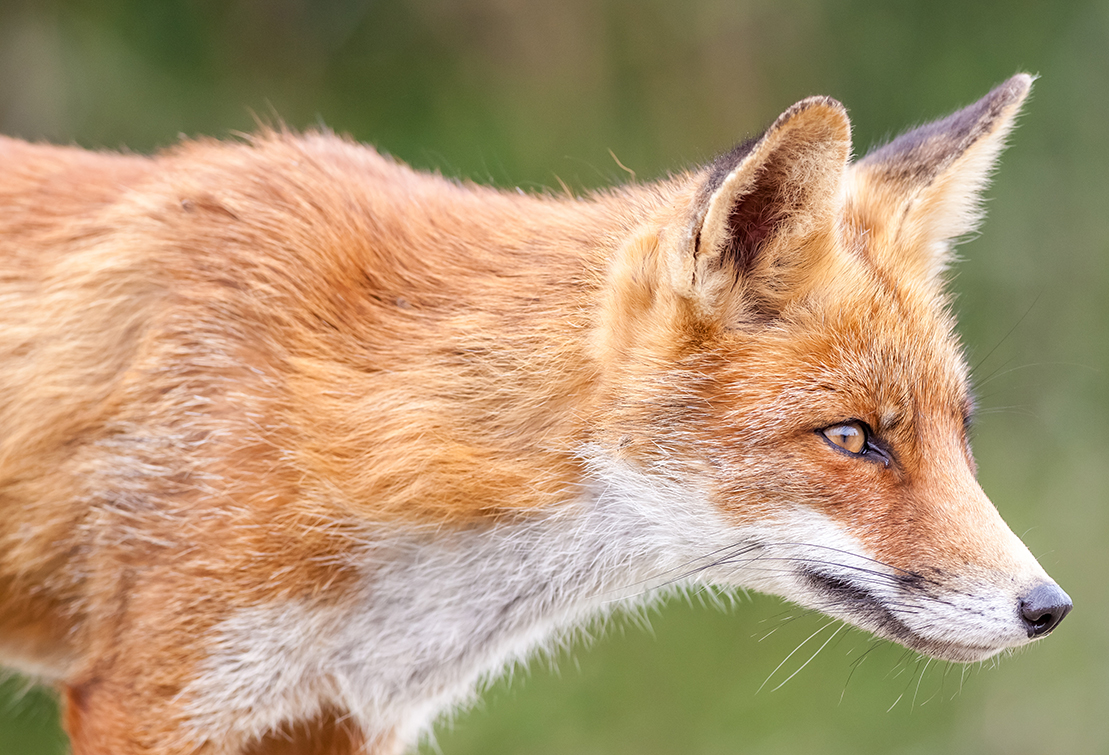Focus on foxes
 SMALL FARMS NETWORK - SPRING 2020 - PESTS & WEEDS
SMALL FARMS NETWORK - SPRING 2020 - PESTS & WEEDS
By John Nolan
Regional Pest Animal Coordinator
P: 03 5881 9921 | M: 0428 629 278 | E: john.p.nolan@lls.nsw.gov.au
 Foxes are highly adaptable and opportunistic scavengers, and major predators of poultry, native wildlife, lambs and goat kids.
Foxes are highly adaptable and opportunistic scavengers, and major predators of poultry, native wildlife, lambs and goat kids.
They inhabit about 70 per cent of Australia’s land mass and can be found on all land types. They thrive in and around towns due to the availability of prey and food.
Skilled hunters, foxes play a significant role in the decline of native wildlife, including small mammals, turtles, lizards and birds. They also carry diseases such as mange and tapeworm, making them a health risk to humans and pets.
It is estimated that foxes cause an estimated $227.5 million of damage in Australia each year.
It is important that small-scale farmers play a role in the control of fox populations, both for the sake of your own property, but also for the wider agricultural industry and environment. By removing excess rubbish and available food around your property, you can reduce fox incursions.
There are options for controlling foxes in peri-urban areas that don’t involve shooting, baits and poisons.
- Talk to your neighbours about developing a coordinated approach to the problem. Group control programs are far more effective than working on your own.
- Set up a communication network with your neighbours and use it regularly to identify the scale and nature of the fox problem (i.e. how many sightings and in what locations). Encourage regular observation (fixed cameras), looking for fox scats or direct sightings.
- Approach your local council on behalf of your control group to borrow or hire fox traps for the properties in your area. They will help you with instructions on how to set them up. Place the traps in the ‘high-traffic’ pest corridors you will have identified from your observations.
- Once you have foxes trapped, contact the council to have the animals removed.
The removal of foxes from the landscape is an important part of Local Land Services’ operations. We work with large-scale farming communities on regular baiting programs. But the work you can do in your patch to control this destructive pest is equally important and a valuable contribution to the future of agriculture and the environment.